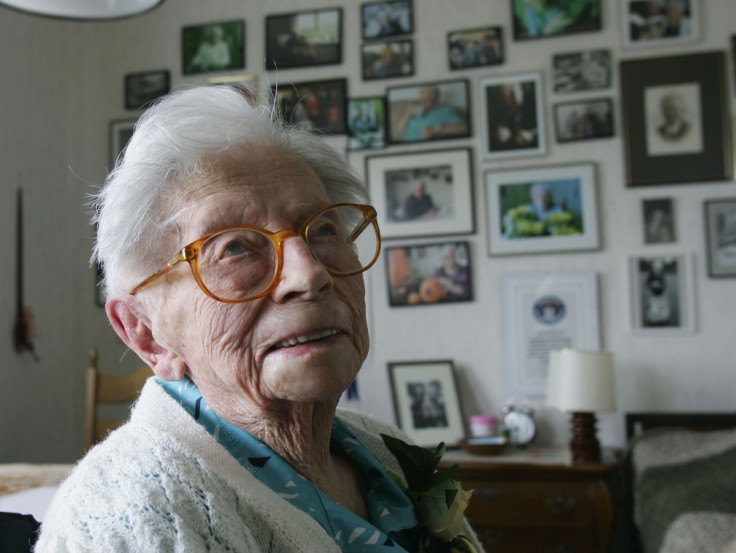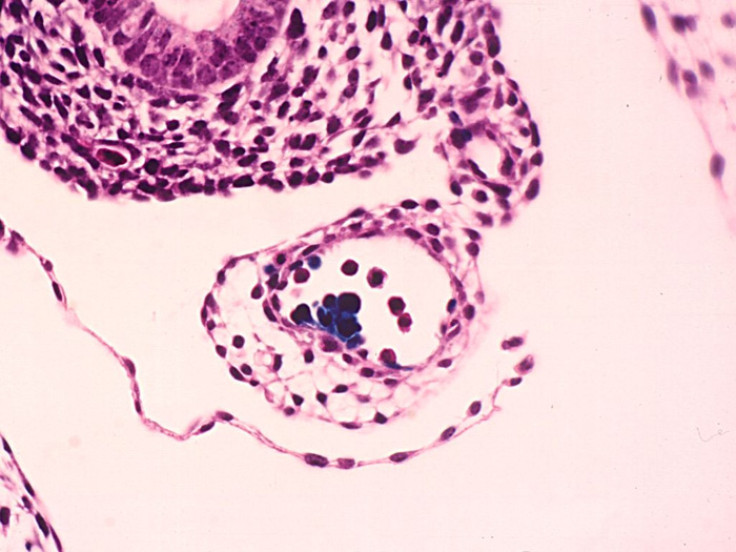Supercentenarians: 'Mystery of Longevity' Discovered Through Genetic Mutations

Why some people live well into their hundreds has baffled scientists for years – links between diet, lifestyle and genes have all been examined to find out the secret to longevity.
But a team of international scientists has now found that genetic mutations may hold the key to a long life.
Published in Genome Research, the healthy blood of a 115-year-old Netherlands woman has shown hundreds of genetic mutations, suggesting these changes are largely harmless over a lifetime.
The researchers used whole genome sequencing of the white blood cells of the supercentenarian to work out if and how mutations accumulate in a healthy person.
Hendrikje van Andel-Schipper died at the age of 115, in 2005, and is believed to be the oldest person ever to donate her body to science. Her family agreed for her anonymity to be waivered because of her wishes for her unique situation to benefit others through science.
Genetic mutations are often studied because they are linked with disease such as cancer. However, mutations in healthy people are less well known.
Blood is constantly replenished through hematopoietic stem cells that divide to form different types of blood cell. However, errors can occur in this process and can lead to mutations. In people with blood cancers, there are hundreds of mutations, for example.

Van Andel-Schipper had over 400 mutations in her white blood cells in comparison to her brain – where cell division rarely takes place. They found the mutations arose from "non-coding regions of the genome" that are not associated with disease.
Analysis of the mutations also led the authors to discover that the mutations only came from two stem cells, a finding that may hint at the limits of human longevity.
Lead author Henne Holstege said: "To our great surprise we found that, at the time of her death, the peripheral blood was derived from only two active hematopoietic stem cells (in contrast to an estimated 1,300 simultaneously active stem cells), which were related to each other."
Further analysing her blood cells, the authors looked at her telomeres. Telomeres are repetitive sequences that protect chromosomes from degradation and shorten over time. They shorten with each cell division.
Van Andel-Schipper's white blood cell telomeres were extremely short, suggesting her stem cells may have died from "stem cell exhaustion" and had reached the upper limit of their divisions. The authors note that whether stem cell exhaustion was her cause of death is not yet known.
© Copyright IBTimes 2024. All rights reserved.






